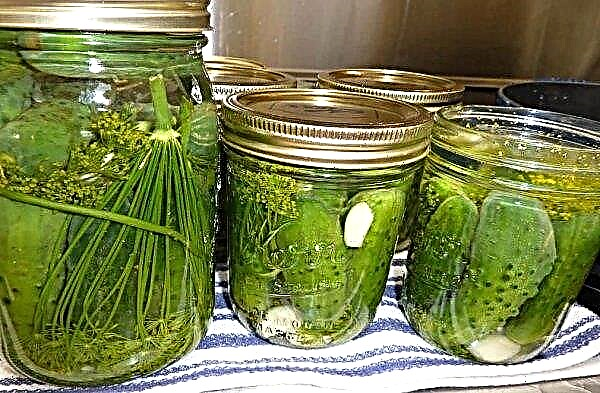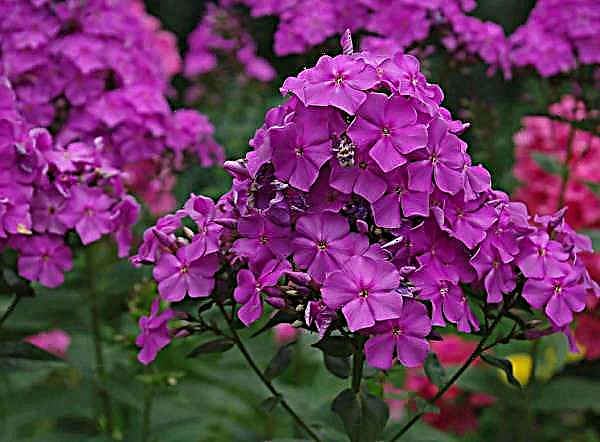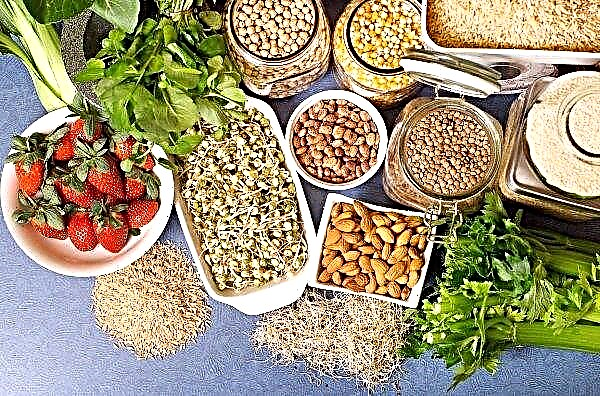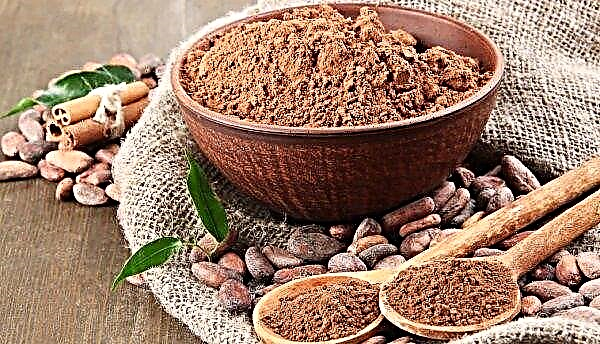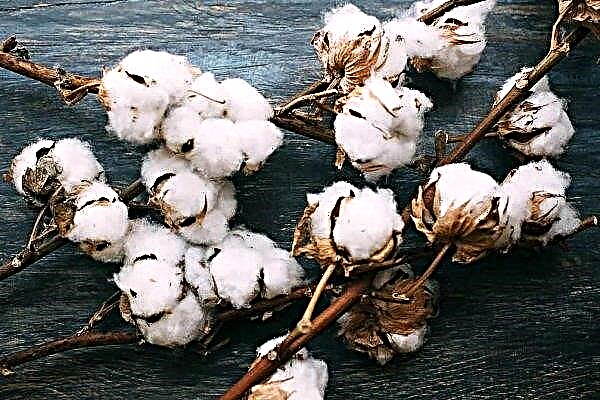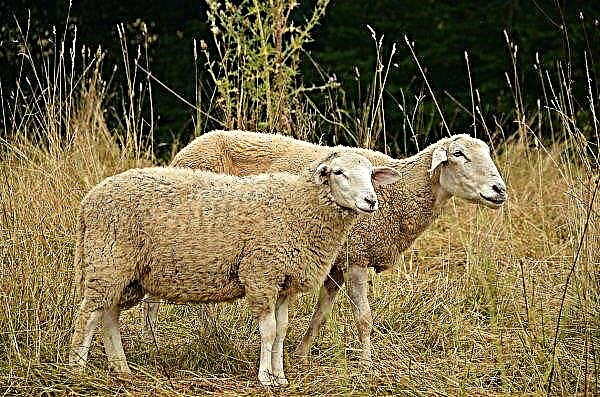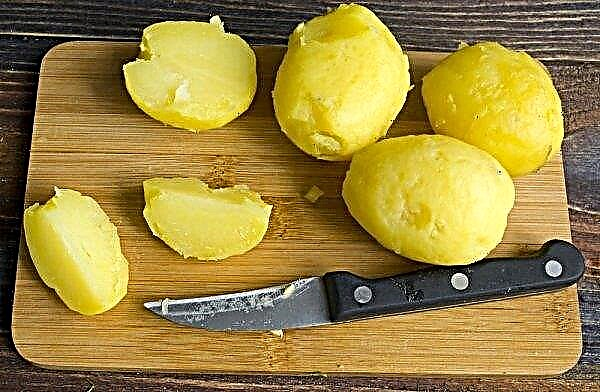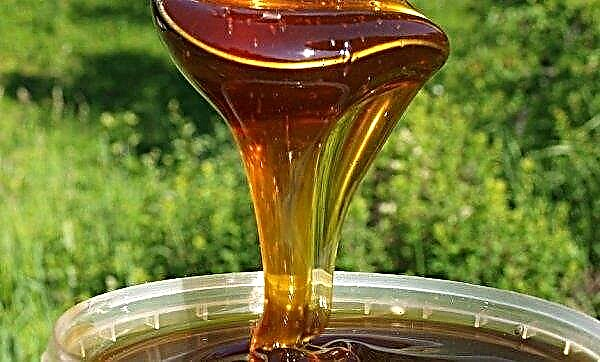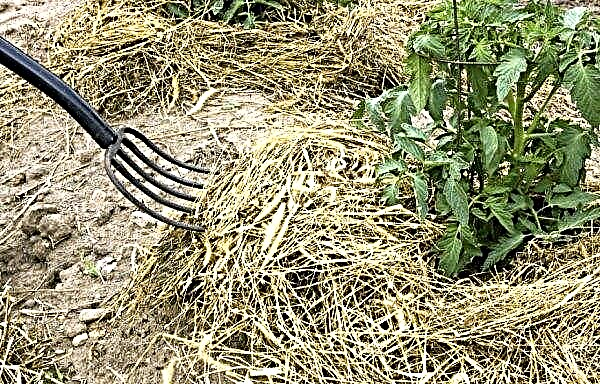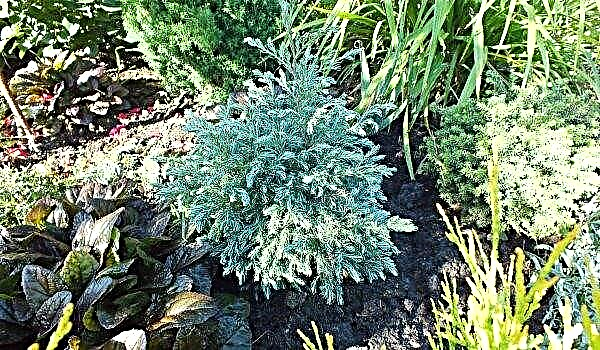The most complete genetic map of pepper cultivated in Spain was created by the Polytechnic University of Valencia (UPV). A collection of 190 varieties was collected.
Pepper (Capsicum annuum) is one of the most important vegetable crops in Spain. However, earlier genetic studies were smaller than studies conducted with other varieties of nightshade, such as tomatoes, potatoes or eggplant.
In this study, which is part of Leandro Pereira’s doctoral dissertation, COMAV UPV researchers analyzed a collection of 190 varieties of pepper — 183 from cultivated species and 7 wild forms. Among them are Valencia peppers, Tromp de Vaca, Largo de Reus, Morron de Fresno and Benavente, etc.
 To neutralize the burning sensation of too hot pepper, you need to drink not water, but milk, otherwise the effect will be reversed. Also, a “fire” in the mouth will help put out yogurt or a slice of lemon.
To neutralize the burning sensation of too hot pepper, you need to drink not water, but milk, otherwise the effect will be reversed. Also, a “fire” in the mouth will help put out yogurt or a slice of lemon.
In addition, others from Europe and Asia, as well as from the domestication centers of Mexico and the USA, were analyzed: Jalapenos, Poblanos, Pasillas, Serranos (the oldest cultivated form), hiltepin (wild form), cayenne or chillhuacle, as well as species, associated with South America and the Caribbean (C. chinense, C. fruscens and C. baccatum): Habaneros and several Ají.
The study made it possible to obtain the most detailed genetic map of pepper cultivated in Spain.
Direct speech: “This is a project that provides information of great importance to producers, previously unknown data on the origin and relationships between local Spanish varieties,” concludes Rodriguez-Burriuéso.
- A team of researchers from Cartagena Polytechnic University (UPCT) has developed an active container that can extend the shelf life of vegetables contained in it by more than 40%, significantly reducing the percentage of rotting fruits.
- As a weapon, the Indian army used the so-called "ghost pepper", one of the sharpest chili peppers in the world.
- For its current and future customers, Safram organized Pepper Day on its own 3.5-hectare plantation, located next to the Turanovac plant.

